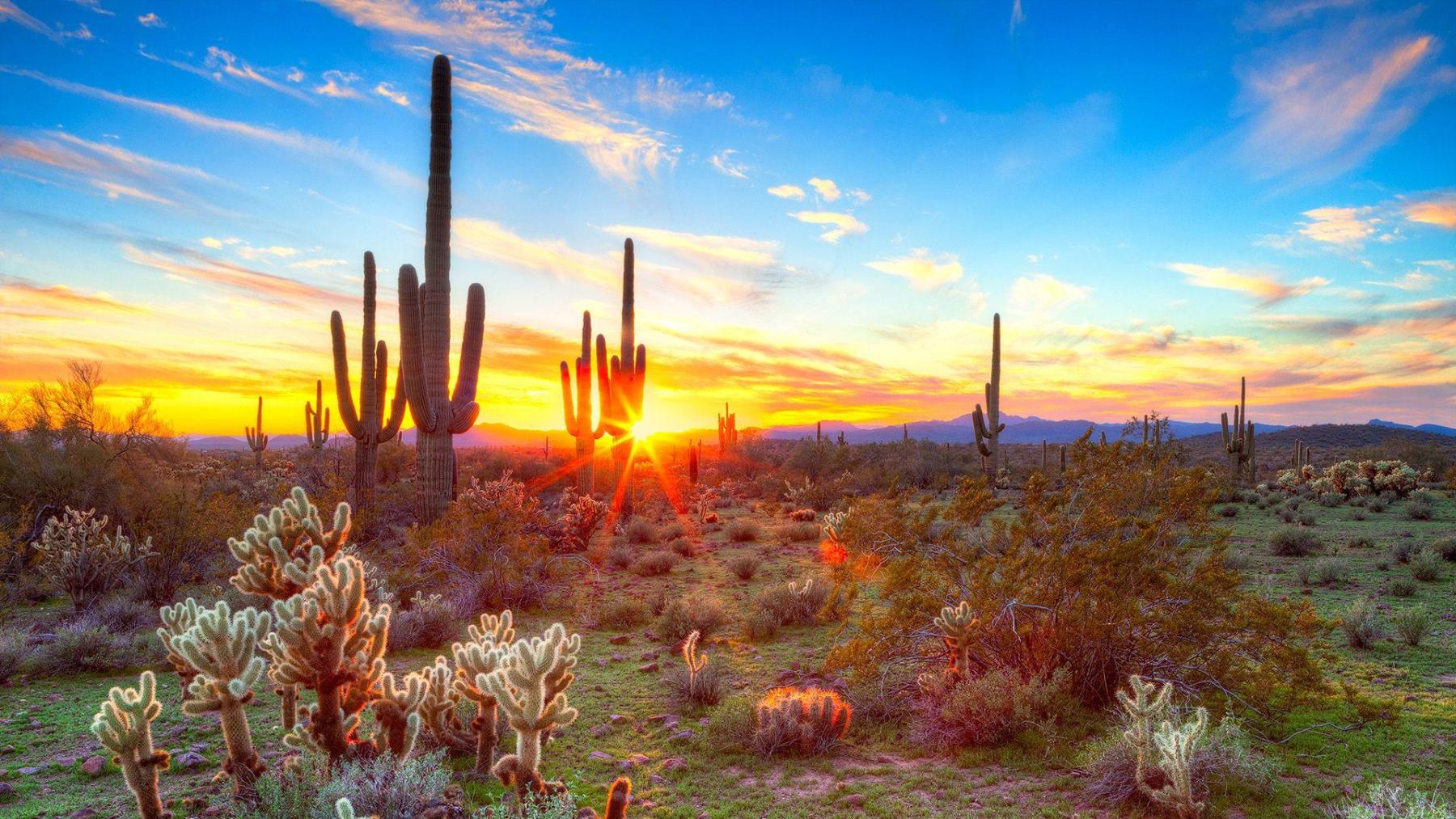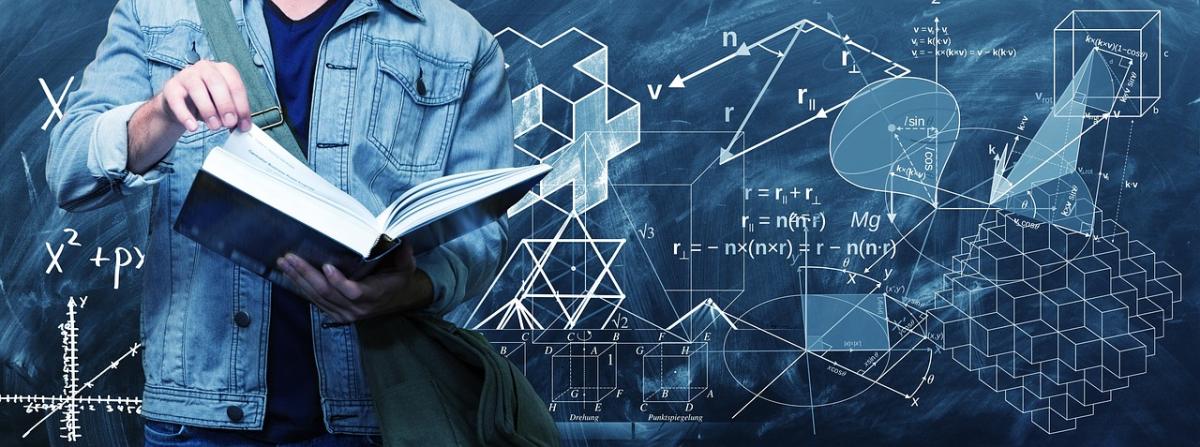
Biomimicry and Conserving Desert Resources Part 1
In this lesson, students will learn about desert plant and animal adaptations and the concept of biomimicry. Students will discuss examples of biomimicry in nature and in the real world and will explore reasons why and how society can mimic biological strategies to address needs. Students will work in groups or with partners to research a desert species and observe the form and function of specific structures in that species that have developed over the course of evolution to solve problems with conditions in desert ecosystems. Students will then design and sketch a real-world replacement of all or part of the species they chose using the principles of biomimicry.
Lesson Plan Link/URL
https://docs.google.com/presentation/d/1UKfnYRchHn8bWZzt0NlCIyqwEWvx22y4/edit?u…Related Content

After students collected authentic data from their class and defined the problem related to trash, students follow through with solving the problem using the engineering process. In the second half of

Students work their way through the first two parts of the engineering process in order to get a deeper understanding of an environmental problem- trash. The Great Pacific Garbage Patch is certainly

In this hands-on lesson, students from the Trigonometry class construct a sundial and see the experimental application of Trigonometry. Student will not just delve into trigonometry, but they will